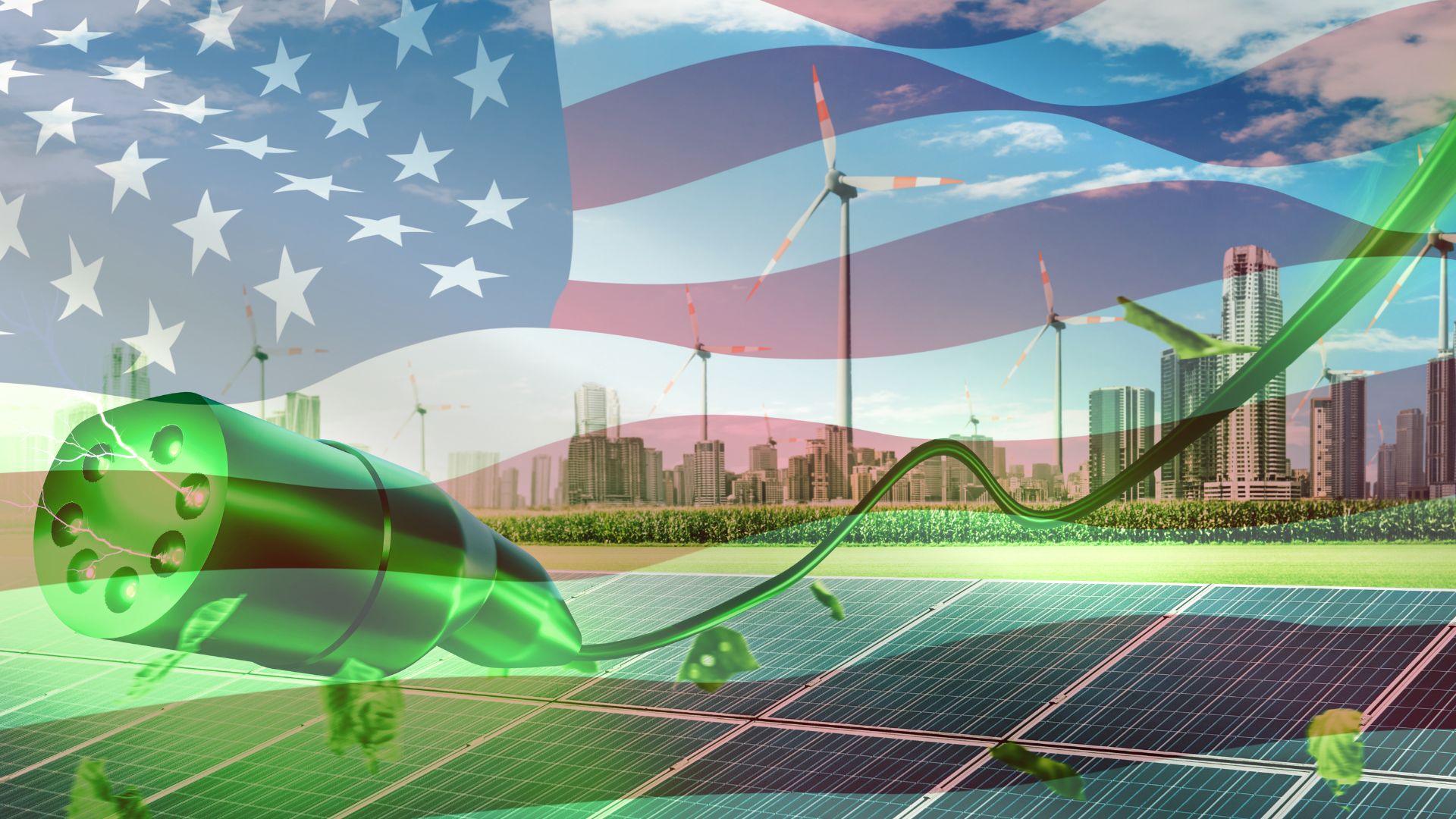
Peak Demand, Climate Extremes, and the Case for Hydrogen Backup Power
December 6, 2024Exploring Hydrogen’s Role in Meeting U.S. Electrification Challenges
The continued electrification of energy use across U.S. homes and industries marks a notable shift towards renewable energy and reducing carbon emissions. Electrification is essential in the national strategy to transition away from fossil fuels, with buildings alone accounting for 35% of the country’s carbon emissions. Yet, as more Americans adopt electric vehicles and heating systems, energy demands are soaring, threatening to overwhelm the power grid, particularly during extreme weather conditions. This challenge highlights the need for a complementary energy source like clean hydrogen to ensure reliable and sustainable energy solutions.
The Strain of Electrification on the Grid
Heating and cooling demand during severe weather pose significant challenges for the current grid. For the coldest regions, such as Maine or Montana, providing sufficient heating on frigid days could require quadrupling the grid’s capacity. Across the country, rising climate extremes and erratic weather patterns are exacerbating periods of peak demand, leaving many utilities underprepared to adapt quickly.
Equally concerning is the issue of cost. Expanding grid infrastructure using only renewable sources like solar and wind involves major financial investments. While effective during standard conditions, these systems often struggle to produce sufficient energy during extreme peaks, necessitating costly energy storage options. For example, a winter storm last year caused power demand in the Tennessee Valley Authority area to reach unprecedented levels, pushing electricity costs significantly higher.
According to Alexis Abramson—dean of the Thayer School of Engineering at Dartmouth, former chief scientist at the Department of Energy’s Building Technologies Office, and incoming dean-elect of the Columbia Climate School—in her recent article published on Time.com, the limitations of today’s grid make it clear that electrification alone cannot address all energy needs during peak periods. To ensure reliable energy access, particularly during extreme weather events, a complementary technology is essential. Clean hydrogen emerges as a promising contender, offering potential solutions to support the grid when demand soars.
Clean Hydrogen Backup Power as a Viable Complement
Hydrogen is gaining attention as a potential solution to supplement electrification. While hydrogen production and implementation face hurdles, such as cost and safety concerns, advancements in technology and proper safeguards show promise in mitigating these drawbacks.
The U.S. Government has started investing heavily in hydrogen, particularly for industrial and transportation applications. However, its potential role in solving the heating challenges faced by buildings, especially in cold climates, has been largely overlooked. Though less efficient than electric heat pumps, hydrogen heating could be economically competitive during peak energy demand. If hydrogen production costs drop to $1 per kilogram under the Department of Energy’s “Hydrogen Shot” goal, it could offer a feasible alternative during limited periods of high demand.
Safety, another concern, has been addressed through ongoing trials and research. For example, in-house hydrogen systems equipped with extra flow valves have shown significantly reduced risks, such as leaks and explosions. Countries like the Netherlands, Germany, and Japan are already running pilot programs that combine innovative safety practices with hydrogen boilers to provide reliable winter heating.
Companies Leading in Hydrogen Heating Technology
Several entities are innovating and testing hydrogen-based heating solutions that could influence the future of energy use. Here’s a look at some notable examples:
-
Bosch
Bosch is developing hydrogen-compatible boilers that work similarly to standard gas boilers, easing the transition for homeowners. -
HyDeploy
This U.K.-based project is testing blending hydrogen with natural gas in local networks to minimize disruption while offering low-carbon heating. -
Viessmann
The company is piloting hydrogen-ready boilers in Germany, allowing for a seamless switch to 100% hydrogen once supply is available. -
Uniper
A German energy company leading efforts to integrate hydrogen combustion into industrial and district heating applications. -
NTT Data
Based in Japan, NTT Data is developing hydrogen-powered solutions as part of the country’s wider goal of decarbonizing residential and industrial heating.
Learning from International Efforts
Globally, countries are leveraging hydrogen to tackle unique climate challenges. The Netherlands is executing trials in residential hydrogen heating, with planned infrastructure expansion to support hydrogen pipelines by 2030. Meanwhile, California has begun using hybrid systems powered by hydrogen fuel cells and battery storage as backup energy solutions during emergencies like wildfires.
These initiatives emphasize that hydrogen’s role will not universally replace all-electric systems but instead complement them, particularly in regions with harsh winters or other energy vulnerabilities.
Practical Applications Moving Forward
Addressing the limitations of an all-electric approach requires adopting flexible, region-specific strategies. Hydrogen heating can serve as a critical supplement in colder parts of the U.S., easing the strain on electricity grids during seasonal peaks while ensuring no one is left without heat.
Investments in hydrogen storage and delivery systems, such as tank-based solutions for remote or underserved areas, could provide immediate relief during crises without requiring extensive infrastructure changes. Meanwhile, expanding pilot programs and conducting techno-economic studies of hydrogen heating’s viability could pave the way for scalable adoption.
With the clean energy transition accelerating, combining electric heat pumps with backup hydrogen heating offers a pragmatic path forward. By leveraging existing technology, addressing safety concerns, and drawing on lessons learned from international programs, communities across the U.S. could benefit from a more balanced energy mix today while building the foundation for a decarbonized future.



 With over 15 years of reporting hydrogen news, we are your premier source for the latest updates and insights in hydrogen and renewable energy.
With over 15 years of reporting hydrogen news, we are your premier source for the latest updates and insights in hydrogen and renewable energy.